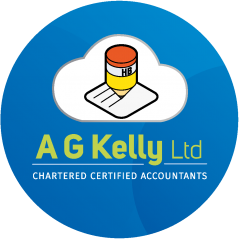Background
The VAT Flat Rate Scheme (FRS) is a simplified accounting scheme for small businesses. Currently businesses determine which flat rate percentage to use by reference to their trade sector. From 1 April 2017, FRS businesses must also determine whether they meet the definition of a limited cost trader, which will be included in new legislation.
Businesses using the scheme, or thinking of joining the scheme, will need to decide whether they are a limited cost trader. For some businesses – for example, those who purchase no goods, or who make significant purchases of goods – this will be obvious. Other businesses will need to complete a simple test, using information they already hold, to work out whether they should use the new 16.5% rate.
Businesses using the FRS will be expected to ensure that, for each accounting period, they use the appropriate flat rate percentage.
What is a limited cost trader?
A limited cost trader will be defined as one whose VAT inclusive expenditure on goods is either:
- less than 2% of their VAT inclusive turnover in a prescribed accounting period
- greater than 2% of their VAT inclusive turnover but less than £1000 per annum if the prescribed accounting period is one year (if it is not one year, the figure is the relevant proportion of £1000)
Goods, for the purposes of this measure, must be used exclusively for the purpose of the business but exclude the following items:
- capital expenditure
- food or drink for consumption by the flat rate business or its employees
- vehicles, vehicle parts and fuel (except where the business is one that carries out transport services – for example a taxi business – and uses its own or a leased vehicle to carry out those services)
These exclusions are part of the test to prevent traders buying either low value everyday items or one off purchases in order to inflate their costs beyond 2%.
